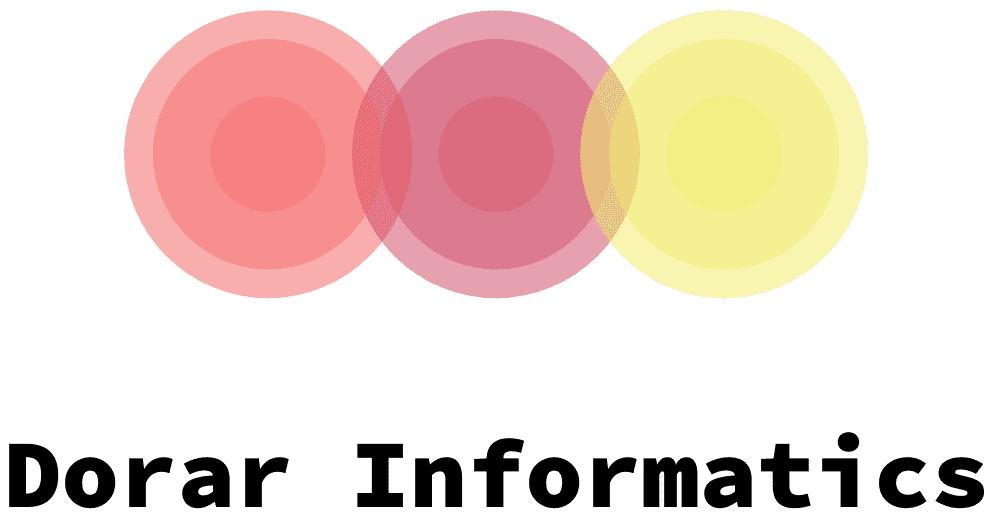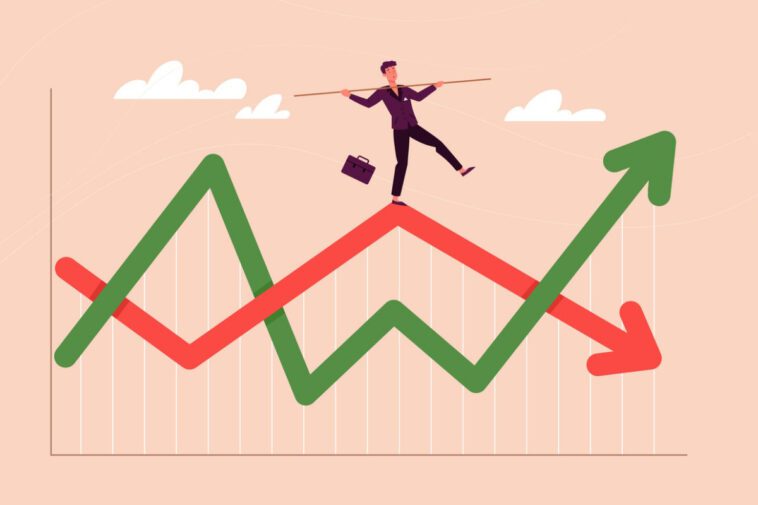Interest rates for 30-year mortgages are at their highest level since before the 2008 financial crisis
Interest rates on 30-year mortgages are at their highest level in more than six years, according to Freddie Mac, a mortgage market watcher. This rate is higher than at any time since the financial crisis. Mortgage rates have been rising since November 2008, when the housing market collapsed. This year’s average rate is now over 6%, more than double what it was last year.
Mortgage rates began the year at 3.22 percent, but quickly climbed to an average of 5.81 percent in late June. The 30-year fixed rate was able to recover somewhat in early August, falling to 5.13 percent on Aug. 18. Despite the recent jump in mortgage rates, 30-year mortgage rates are still far below the pre-crisis average of 7.8 percent.
The Federal Reserve does not set mortgage rates directly, but the interest rates on 30-year mortgages are often tied to the yield on ten-year US Treasury bonds. The yields on these bonds are influenced by expectations for inflation and global demand for U.S. government bonds. With mortgage rates increasing, more potential homebuyers have been kept on the sidelines. A year ago, a buyer with 20% down would have had to pay $1,295 a month in mortgage payments. However, if you want to buy a home with a lower rate, shop around. This way, you can get a personalized estimate on how much you should pay in interest.
Although the Federal Reserve didn’t increase the benchmark rate last week, it is likely to raise rates in the coming weeks. However, it will have little effect on mortgage rates as they already reached their highest level since the financial crisis. While the move won’t impact the rates directly, experts say that mortgage rates are rising in anticipation of aggressive Fed actions. The higher the federal funds rate, the higher the costs of lending to consumers.
While the market may not be fully recovered, the government is trying to limit inflation. By raising interest rates, the Federal Reserve is trying to keep the housing market from overheating. This has slowed the housing market and forced some buyers to rent or skimp in other areas.
Interest rates for 15-year mortgages are lower than those for 30-year mortgages
The lower interest rate on a 15-year mortgage makes it an attractive option for some borrowers. According to mortgage origination software company Ellie Mae, the average 15-year mortgage rate is 15 basis points lower than that on a 30-year mortgage. The lower interest rate can lead to massive savings over time. However, it is important to remember that a 15-year mortgage is not for everyone.
15-year mortgages have several advantages over 30-year mortgages. Unlike 30-year mortgages, a 15-year mortgage does not have prepayment penalties and can be converted at anytime. The extra payments you make each month can help chip away at your loan more quickly and minimize the total amount of interest you will have to pay over time. For example, if you make payments twice a week, you would make 26 half-payments instead of 12. By making these bi-weekly, you could pay off your loan fifteen months before the end of the 15-year term.
Getting the best rates for 15-year mortgages requires research and comparison shopping. A good method is to use several mortgage lenders, so you can compare their rates and terms. Be sure to compare the interest rate, points, loan origination fees, and other factors that affect the loan. Another method to compare rates is to look at the annual percentage rate (APR) of each loan. This is the amount you’ll pay per year in total interest and fees, which will help you determine which one offers the best deal.
In addition to the lower interest rates, 15-year mortgages have shorter payoff terms. As such, they can be a better choice for some borrowers because the shorter duration means you will have fewer monthly payments to make. Furthermore, the lower interest rate means you’ll save hundreds of dollars over the course of the loan.
The lower interest rate on 15-year mortgages also means that you will be able to pay off the loan sooner. The higher monthly payments mean that you have less flexibility when it comes to expenses. And, although the interest rate on a 15-year mortgage is lower than that on a 30-year mortgage, the cost of owning a home is still not only the mortgage payment, but the cost of property taxes, insurance, association fees, regular maintenance, and repairs.
Discount points are an extra sum you can pay at closing to lower your rate
These extra sums can be applied to the total amount of your loan, and vary based on the lender. The more points you pay, the lower your rate. Lenders may limit the number of points you can use, but they typically allow you to pay as many as you like. Points are listed on your closing disclosure and loan estimate.
Discount points cost 1% of the total loan amount, which means that if you’re taking out a mortgage for $200,000, paying two points is worth $2,000 in interest savings. But you can also pay fractions of a point to get a discount. For example, if you’re paying 3% on a $200,000 mortgage, paying one point will save you $3,500 at closing.
Discount points are paid to your mortgage lender. Each point lowers your interest rate by 0.25%. You can pay as many as three points for a $100,000 loan. The amount of points you pay will depend on your interest rate, amount you’re borrowing and the length of the loan.
Discount points are tax deductible if you qualify for them. However, you must make sure the points are true discount points. If they’re not, your deduction will be limited. Also, if you’re paying points for a HELOC or refinance, you will need to allocate them over the term of the loan in order to maximize your deductions.
The amount of discount points you pay will depend on your budget. In other words, if you can afford to pay more, buying points for mortgages is beneficial for you. However, you should weigh the cost of these points with your overall budget and plan to stay in the home for a long time.
Using discount points for mortgages can save you money in the long run. But they’re not suitable for everyone. In general, they are not appropriate unless you plan to live in the home for the next 50 years. The extra payments can soon add up to more than the savings you will see at closing.
Adjustable-rate mortgages rise after a change in the Federal Reserve’s rate
Mortgage rates have been fluctuating all year, but they could hit 8% by the end of the year. Mortgage rates are affected by the Federal Reserve’s current policies, stance on future policy, and economic forecasts. In June, 30-year fixed-rate mortgages climbed nearly 50 basis points. Last week, they fell by 1.2 points, bringing them down to 6.95%. However, rates have continued to rise for much of this year – and last week was the second highest week in 20 years.
Adjustable-rate mortgages start out at a low rate and then increase gradually over a certain period. Mortgage applications for these loans topped 11% last week, the highest level since 2008. This increase is partly due to a change in the Federal Reserve’s policy, which is changing the market and making it more difficult to qualify for a 30-year fixed-rate mortgage. However, it was not so long ago that it was profitable to opt for an adjustable-rate loan when rates were so low.
If the Federal Reserve’s rate is changed, the interest rates on adjustable-rate mortgages and home equity lines of credit tend to rise. Typically, the changes take effect in two billing cycles. While savings rates have been on the rise, the yields on savings accounts have been modest. Changing the Federal Reserve’s rate may encourage banks to increase interest rates on savings accounts. This is because banks tend to raise their rates when they want to attract more money.
Adjustable-rate mortgages can also be attractive for those who plan to move out of their current home in the near future or are aware of the steps they need to take to refinance. Rising rates have already led to a sharp decline in new home sales and a record slowdown in home prices.
The Federal Reserve’s latest rate increase on Monday has pushed mortgage rates above 7 percent. This is the highest rate for a 30-year fixed mortgage since April 2002. The Fed’s move to raise rates is intended to tame the red-hot housing market. While rates are still higher than last year, they are still well below inflation rates.

